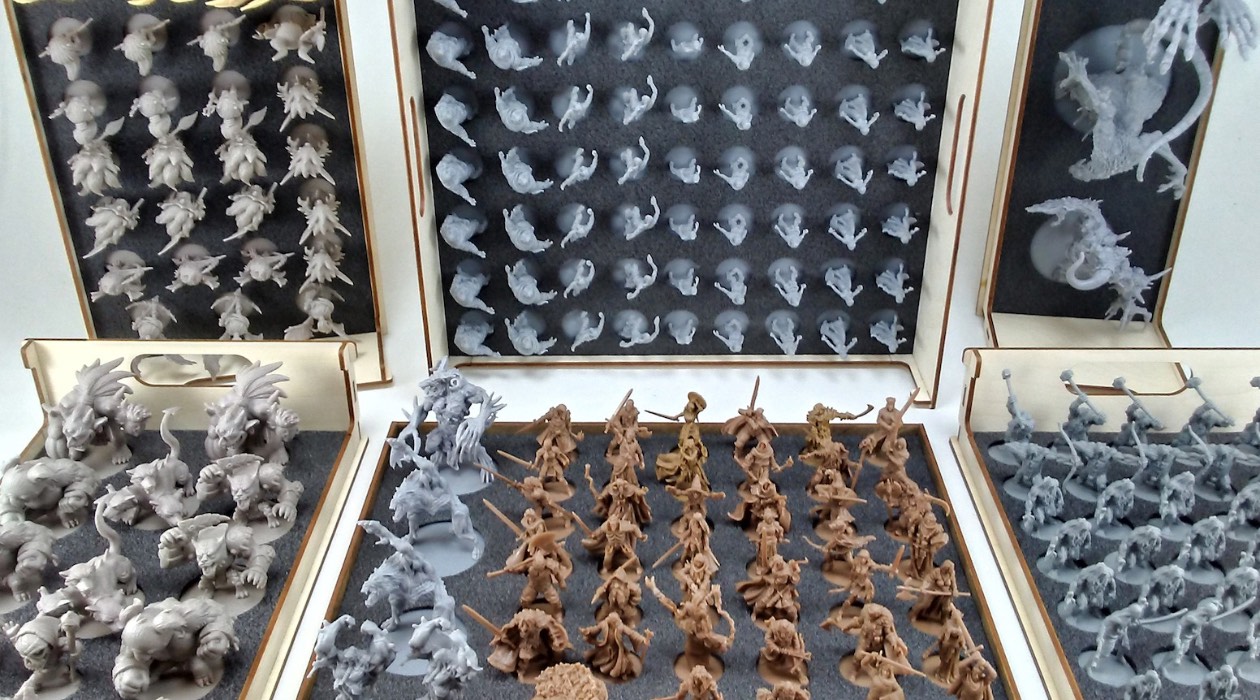

Articles
How To Store Miniatures
Modified: January 20, 2024
Learn the best methods for storing and preserving your miniature articles to ensure their longevity and quality. Discover helpful tips and tricks for keeping your collection in tip-top shape.
(Many of the links in this article redirect to a specific reviewed product. Your purchase of these products through affiliate links helps to generate commission for Storables.com, at no extra cost. Learn more)
Introduction
Welcome to the world of miniatures! Whether you are a dedicated hobbyist, a passionate collector, or an avid gamer, miniatures hold a special place in your heart. These intricate, detailed creations deserve proper care and storage to ensure their longevity and beauty. In this article, we will explore various tips, techniques, and strategies for storing miniatures effectively.
Miniatures come in all shapes and sizes, from fantasy characters and historical figures to vehicles and terrain pieces. They can be made of different materials such as plastic, metal, or resin, each requiring specific care to avoid damage. With the right storage methods, you can protect your miniatures from dust, moisture, sunlight, and accidental damage, preserving their value and quality for years to come.
Are you ready to discover the secrets of successful miniature storage? Let’s dive in!
Key Takeaways:
- Properly preparing and organizing your miniatures is essential for their longevity and protection. From cleaning and repairing to choosing the right storage containers, every step contributes to an efficient and visually appealing storage system.
- Implementing protective measures, maintaining cleanliness, and maximizing storage space are key to preserving and enjoying your miniature collection. Regular maintenance and thoughtful storage practices ensure the longevity and visual appeal of your miniatures.
Read more: How To Make A Miniature Hammock
Preparing Your Miniatures for Storage
Before you begin the process of storing your miniatures, it’s essential to properly prepare them. This step ensures that your miniatures are in the best condition and minimizes the risk of damage during storage. Follow these steps to prepare your miniatures:
- Clean your miniatures: Dust and dirt can accumulate on the surfaces of your miniatures over time. Use a soft brush or compressed air to gently remove any debris. For more stubborn stains, a mild soap solution or specialized miniature cleaner can be used. Be sure to dry them thoroughly before proceeding.
- Repair any damages: Check your miniatures for any loose parts, broken pieces, or paint chipping. Use glue or epoxy to carefully fix any issues. If there are any significant damages, consider seeking professional restoration services.
- Remove excess moisture: Moisture can potentially damage your miniatures. Ensure that your miniatures are completely dry before storing them. Consider using silica gel packets or moisture-absorbing sachets in the storage containers to prevent moisture buildup.
- Disassemble if necessary: Some miniatures may have detachable parts that can be disassembled for easier storage. If applicable, carefully separate the pieces and store them separately. Keep track of small components to avoid losing them.
By taking the time to prepare your miniatures properly, you can ensure that they are in the best condition possible before storing them for an extended period. This step sets the foundation for successful miniatures storage.
Choosing the Right Storage Containers
Once you have prepared your miniatures, the next step is to select the appropriate storage containers to keep them safe and organized. Here are some factors to consider when choosing storage containers:
- Size and compartments: Opt for containers with compartments that can accommodate the size of your miniatures. Look for adjustable dividers or customizable foam inserts that can provide a snug fit and prevent movement.
- Material: Choose containers made from durable and non-reactive materials. Plastic containers, such as those made of polypropylene, are popular among miniature enthusiasts due to their lightweight and moisture-resistant properties. Metal containers are also an option, but be aware of potential rusting.
- Stackability: If you have a sizeable collection of miniatures, consider containers that can be stacked on top of each other to maximize storage space. This way, you can easily access and manage your collection.
- Transparency: Transparent containers allow you to see the contents without opening them, making it easier to locate specific miniatures. Additionally, consider containers with clear lids to provide added protection against dust and debris.
- Security: If you have valuable or fragile miniatures, you may want to invest in containers that have locking mechanisms or latches to secure them during storage and transportation.
There are various storage container options available, including tackle boxes, storage bins, toolboxes, and specialized miniature storage solutions. Consider your specific needs, budget, and collection size when deciding on the right containers.
Remember to label each container with the contents or provide an inventory list to help you easily locate specific miniatures when needed. Properly chosen storage containers can provide a safe haven for your miniatures, ensuring their protection and ease of access.
Organizing Your Miniatures by Type or Theme
Organizing your miniatures is essential to have a systematic and efficient storage system. By categorizing them by type or theme, you can quickly locate specific miniatures and maintain a visually pleasing display. Here are some tips for organizing your miniatures:
- Group by game system or collection: If you have miniatures from different game systems or collections, consider grouping them together. This way, you can easily access and manage each collection separately.
- Sort by type: Categorize your miniatures based on their type, such as characters, monsters, vehicles, or terrain pieces. This method allows for easy identification and retrieval when needed during gaming sessions or display setup.
- Organize by theme: If you have miniatures that belong to specific themes or settings, such as fantasy, science fiction, or historical periods, consider grouping them accordingly. This approach creates a cohesive and visually appealing display.
- Arrange by size: If you have miniatures of various sizes, consider organizing them by size, from small to large. This method maximizes storage space and minimizes the risk of damage to smaller miniatures.
- Consider display cabinets or shelves: If you want to showcase your miniatures while keeping them organized, invest in display cabinets or shelves. These provide a visually appealing way to display your collection while protecting them from dust and potential damage.
Whatever organization method you choose, make sure to maintain consistency throughout your collection. This will streamline the storage process and make it easier to expand or modify your collection in the future. Additionally, consider documenting your collection with photos or inventory lists to keep track of what miniatures you own.
Remember, the goal of organizing your miniatures is to make your collection easily accessible and visually appealing. Find a method that works best for you and enjoy the satisfaction of a well-organized miniature collection.
Protecting Your Miniatures from Damage
Protecting your miniatures from damage is vital to preserving their beauty and value. By taking precautionary measures and implementing proper storage techniques, you can minimize the risk of accidents and maintain the integrity of your collection. Here are some ways to protect your miniatures:
- Use protective padding: Line the bottom of your storage containers with foam or soft padding to provide cushioning and prevent any impact damage during transportation.
- Individual miniatures: If your miniatures are fragile or have delicate parts, consider wrapping each one in foam or tissue paper before placing them in storage containers. This added layer of protection will minimize the risk of breakages or paint chipping.
- Foam inserts: Customizable foam inserts provide a secure fit for your miniatures, preventing them from shifting and colliding with each other. These inserts can be shaped to match the contours of your miniatures, offering maximum protection.
- Separate components: If you have miniatures with detachable parts, consider storing them separately to minimize the risk of breakages. Use resealable bags or compartments within the same container for easy access and organization.
- Avoid direct sunlight: Prolonged exposure to sunlight can cause discoloration and fading of miniature paint. Store your miniatures in a cool, dark place away from direct sunlight to preserve their colors and details.
- Control temperature and humidity: Extreme temperature and humidity fluctuations can cause warping or damage to your miniatures. Choose a storage space that maintains a stable temperature and humidity level and avoid basements, attics, or areas prone to moisture issues.
- Protective varnishing: Consider applying a protective varnish to your painted miniatures. This can help seal the paint and provide an additional layer of protection against scratching or wear.
- Regular inspections: Regularly inspect your miniatures for any signs of damage or deterioration. This allows you to address any issues promptly and prevent further damage.
By implementing these protective measures, you can ensure that your miniatures are shielded from potential damage and maintain their aesthetic appeal and value over time. Careful handling and storage practices will go a long way in preserving your beloved miniatures.
Read more: How To Make Miniature Pillows
Labeling and Documentation
Labeling and documentation are essential aspects of managing and organizing your miniature collection. By keeping track of what you have, you can easily locate specific miniatures and maintain a comprehensive inventory. Here are some tips for effective labeling and documentation:
- Container labeling: Clearly label each storage container with a brief description of its contents. This will save you time and effort when searching for specific miniatures. Consider using labels or adhesive tags that can be easily removed or replaced if needed.
- Inventory list: Create an inventory list of your miniatures, including details such as the miniature’s name, game system or collection it belongs to, and any relevant notes. This list can be in a digital format or written on paper. Regularly update it when adding or removing miniatures from your collection.
- Photographic documentation: Take photographs of your miniatures, especially if you have a large collection. This visual reference can be useful for identifying specific miniatures, especially if you have multiple models of the same type. Be sure to capture different angles and any unique or distinguishing features.
- Painting and customization details: If you have painted or customized your miniatures, consider documenting the painting techniques used or any modifications made. This information can be valuable for future reference or if you need to reproduce the same effect on other miniatures.
- Notes on condition: Make notes about the condition of your miniatures, such as any damages or repairs performed. This information can help you keep track of the overall quality of your collection and prioritize any necessary maintenance or restoration work.
- Storage location: Record the location of each storage container within your storage space. This will make it easier to locate specific miniatures in the future, especially if you have a large collection spread across multiple containers or shelves.
By labeling your storage containers and maintaining thorough documentation, you can efficiently manage your miniature collection. These practices will save you time and frustration when searching for specific miniatures and help you stay organized and in control of your collection.
Store miniatures in a cool, dry place away from direct sunlight to prevent warping or fading. Use airtight containers or display cases to protect them from dust and damage.
Creating Display and Diorama Storage
If you enjoy showcasing your miniatures or creating elaborate dioramas, it’s important to have a dedicated storage solution that allows for easy display and protection. Here are some tips for creating display and diorama storage:
- Display cabinets: Invest in display cabinets or shelves specifically designed for showcasing miniatures. These cabinets often have adjustable shelves, glass doors, and built-in lighting to highlight your collection while providing protection against dust and damage.
- Diorama display cases: For dioramas or larger display pieces, consider using specialized display cases with clear acrylic or glass panels. These cases offer an ideal environment for safely exhibiting your dioramas, protecting them from dust and accidental handling.
- Modular display systems: Modular display systems with interchangeable components are excellent for customizing your display space. These systems allow you to create unique configurations to suit the size and arrangement of your miniatures and dioramas.
- Showcase individual miniatures: Consider using individual stands or shelves to highlight specific miniatures with unique or intricate details. These dedicated spaces can draw attention to your favorite miniatures or ones with sentimental value.
- Create themed display areas: Organize your display space based on themes or settings. This can involve grouping miniatures and dioramas that belong to the same story, era, or genre. Creating thematic areas adds visual interest and coherence to your display.
- Protective coverings: If your miniatures are displayed in an area where they are exposed to the elements, such as sunlight or dust, consider using clear acrylic covers or glass panels to shield them. Be sure to choose coverings that allow for proper ventilation to prevent moisture buildup.
- Rotate your display: To keep your display fresh and interesting, consider rotating certain miniatures or dioramas periodically. This allows you to showcase different pieces and prevent any long-term damage from exposure to light or handling.
- Document your displays: Take photographs of your dioramas or unique display arrangements to capture your creativity and ideas. These images can serve as future references when recreating or modifying your display setups.
Creating a dedicated storage space for displaying your miniatures and dioramas not only protects them but also allows you to share your passion and creativity with others. Enjoy the process of curating your display and have fun showcasing your miniature collection!
Storing Miniature Gaming Terrain
Miniature gaming terrain plays a crucial role in enhancing the tabletop gaming experience. However, storing and organizing terrain pieces can be a challenge due to their size and various shapes. Here are some tips on storing miniature gaming terrain:
- Container selection: Choose storage containers that can accommodate terrain pieces of different sizes and shapes. Look for containers with adjustable compartments or consider using stackable storage bins to maximize storage space.
- Modular storage: Consider using modular storage solutions, such as drawers or shelves, to store and organize your terrain pieces based on their type or theme. This allows for easy identification and retrieval when setting up gaming scenarios.
- Protective padding: Use foam or padding to provide cushioning between terrain pieces to prevent any damage during storage. This is particularly important for delicate or fragile pieces that may have intricate details or fragile components.
- Separate large and delicate pieces: If you have large or more delicate terrain pieces, such as buildings or intricate structures, consider storing them separately to minimize the risk of breakage. Use individual containers or specially designed storage solutions for these pieces.
- Labeling and inventory: Label each container or section where terrain pieces are stored to make it easy to locate specific pieces. Additionally, maintain an inventory list of your terrain pieces, noting any special features or conditions, to keep track of your collection.
- Modular terrain systems: If you use modular terrain systems, consider investing in storage options specifically designed to accommodate these pieces. Some modular systems have their own storage solutions, such as carrying cases or bags, which provide convenience and protection for transport and storage.
- Compact and stackable terrain: Some terrain pieces, such as trees or small terrain scatter, can be stored in compact containers or stacking systems. Look for storage solutions that allow you to stack multiple pieces while keeping them easily accessible.
- Protecting painted terrain: If your terrain is painted, consider using a protective sealant or varnish to protect the paint job from chipping or scratching during storage. This extra step can prolong the lifespan and appearance of your painted terrain pieces.
By following these guidelines, you can keep your miniature gaming terrain organized, protected, and easily accessible. Whether you’re building intricate landscapes or modular gaming boards, proper storage ensures that your terrain remains in top condition for future gaming adventures.
Maintaining and Cleaning Your Miniatures
Maintaining and cleaning your miniatures is essential for their longevity and overall appearance. Regular upkeep ensures that your miniatures stay in the best possible condition and continue to be a source of joy and pride. Here are some tips for maintaining and cleaning your miniatures:
- Dust regularly: Dust can accumulate on your miniatures, dulling their appearance over time. Use a soft brush or a can of compressed air to gently remove dust from the surfaces of your miniatures. Be careful around delicate parts or protrusions to avoid accidentally causing damage.
- Check for damage: Regularly inspect your miniatures for any signs of damage, such as loose parts, paint chipping, or breakages. Fix any issues promptly using appropriate glue or adhesive. If the damage is significant, consider seeking professional restoration services.
- Store in a dust-free environment: Proper storage is essential for maintaining the condition of your miniatures. Store them in containers or display cases that offer protection against dust and other contaminants. Avoid humid or damp environments, as moisture can cause damage to your miniatures.
- Avoid direct handling: Minimize handling your miniatures directly, especially if you have oily or sweaty hands. The natural oils on your skin can transfer onto the surfaces, potentially causing damage to the paint or materials. Use gloves or handle them by their bases whenever possible.
- Clean unpainted miniatures: If you have unpainted miniatures, you can clean them using a mild soap and water solution. Gently scrub the surface with a soft brush or toothbrush, rinse thoroughly, and pat dry. Avoid excessive water exposure, especially for miniatures made of metal or those with delicate parts.
- Clean painted miniatures: Cleaning painted miniatures requires extra care. Use a soft brush or a soft cloth to remove surface dirt or fingerprints. For more stubborn stains or smudges, apply a small amount of mild soap solution to a damp cloth and gently dab the affected area. Rinse with a clean, damp cloth and pat dry.
- Avoid harsh chemicals: Harsh chemicals or solvents can damage the paint and materials of your miniatures. Avoid using strong cleaning agents and opt for mild soaps or specialized miniature cleaning products instead.
- Handle fragile parts with care: Some miniatures have delicate parts, such as thin weapons or fragile appendages. Take extra care when handling these parts to avoid accidentally breaking or bending them. If possible, reinforce fragile parts with glue or consider replacing them with sturdier alternatives.
By regularly maintaining and cleaning your miniatures, you can prolong their lifespan and keep them looking their best. Implementing these practices will ensure that your miniatures remain a source of enjoyment and admiration for years to come.
Read more: How To Make A Miniature Quilt
Tips and Tricks for Efficient Miniature Storage
Efficient miniature storage not only keeps your collection organized but also makes it easier to access and manage your miniatures. Here are some tips and tricks to maximize your storage space and simplify the storage process:
- Utilize vertical space: If you’re running out of storage space, consider using vertical shelving or wall-mounted storage solutions to make use of unused wall space. This allows you to store more miniatures without taking up valuable floor space.
- Use stackable containers: Stackable storage containers make the most of limited space by allowing you to stack them vertically. This method is especially useful for storing smaller miniatures or terrain pieces.
- Consider magnetic storage: For metal miniatures, using magnetic storage solutions can be a space-saving option. Attach thin metal sheets to the inside of storage containers and use magnets to secure the miniatures. This allows for easy rearrangement and customization of storage configurations.
- Invest in drawer units: Drawer units with multiple compartments are excellent for smaller miniatures or organizing loose components. Label each drawer to quickly locate specific miniatures or pieces.
- Optimize storage containers: Maximize space within your storage containers by using customizable foam inserts or plastic dividers. This ensures a secure fit for your miniatures, preventing movement or potential damage during storage or transportation.
- Sort by accessibility: If you frequently use certain miniatures or terrain pieces, keep them in easily accessible storage containers or near the front of your storage area. This saves time when setting up gaming scenarios or retrieving commonly used pieces.
- Separate gaming components: Keep gaming components, such as dice, cards, or rulebooks, separate from your miniature storage area. Use separate containers or storage systems to keep everything organized and easily accessible.
- Utilize wall-mounted racks: Wall-mounted racks can be used to store longer or larger terrain pieces, such as trees or fences. This keeps them off the ground and prevents them from taking up valuable shelf or floor space.
- Archive infrequently used miniatures: If you have miniatures that are rarely used or part of a retired collection, consider archiving them in labeled boxes or storage containers. Store these containers in a separate area to free up space for your active collection.
- Regularly declutter: Periodically assess your collection to identify miniatures you no longer use or have lost interest in. Consider selling or donating these miniatures to free up space and keep your collection streamlined.
By implementing these efficient storage techniques, you can make the most of your storage space and simplify the organization and retrieval of your miniatures. Customizable and adaptable storage solutions will provide you with a well-structured and accessible miniature collection.
Conclusion
Proper storage of your miniatures is crucial for their protection, organization, and long-term enjoyment. By following the tips and techniques outlined in this article, you can ensure that your miniatures remain in optimal condition while simplifying the storage process.
From preparing your miniatures for storage and choosing suitable storage containers to organizing them by type or theme, every step plays a vital role in creating an efficient and visually appealing storage system. Labeling and documenting your collection helps you easily locate specific miniatures, while creating display and diorama storage enhances the showcase of your prized pieces.
Additionally, protecting your miniatures from damage, maintaining their cleanliness, and implementing space-saving strategies contribute to the overall preservation and enjoyment of your collection. Regular maintenance, careful handling, and mindful storage practices will go a long way in ensuring the longevity of your miniatures.
Remember, an organized and well-maintained miniature collection not only enhances your hobby experience but also allows you to showcase your collection with pride. So, take the time to invest in the right storage solutions, implement the recommended techniques, and enjoy the benefits of a well-preserved and easily accessible miniature collection.
Happy storing!
Frequently Asked Questions about How To Store Miniatures
Was this page helpful?
At Storables.com, we guarantee accurate and reliable information. Our content, validated by Expert Board Contributors, is crafted following stringent Editorial Policies. We're committed to providing you with well-researched, expert-backed insights for all your informational needs.
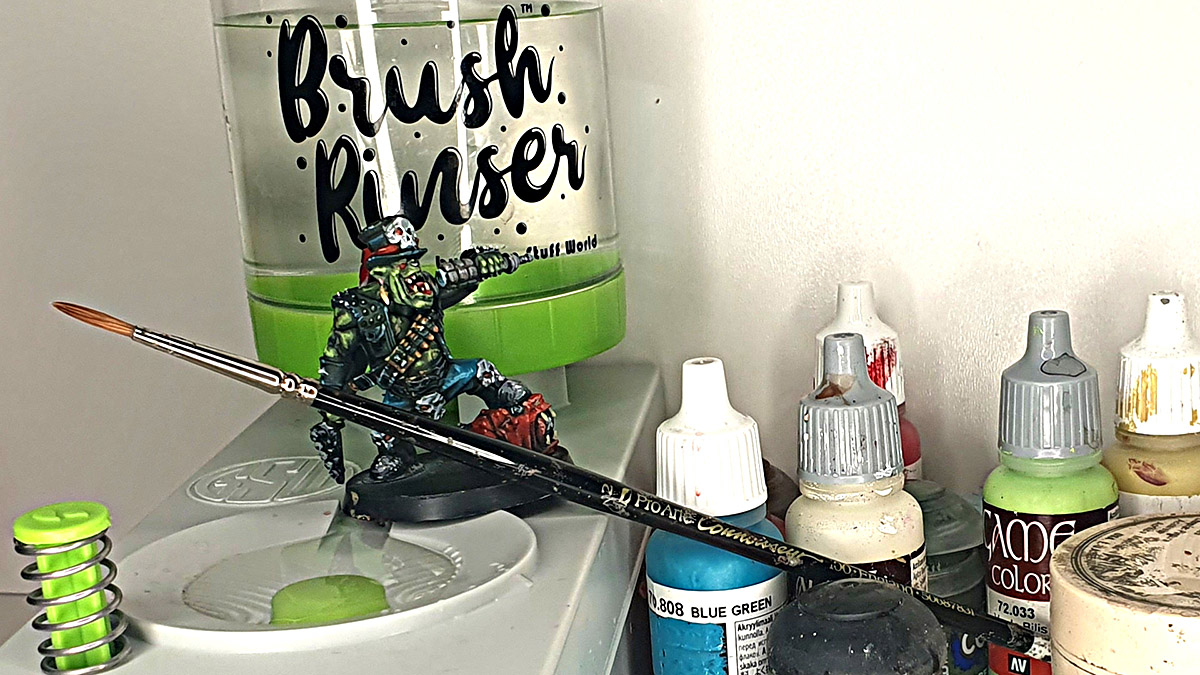
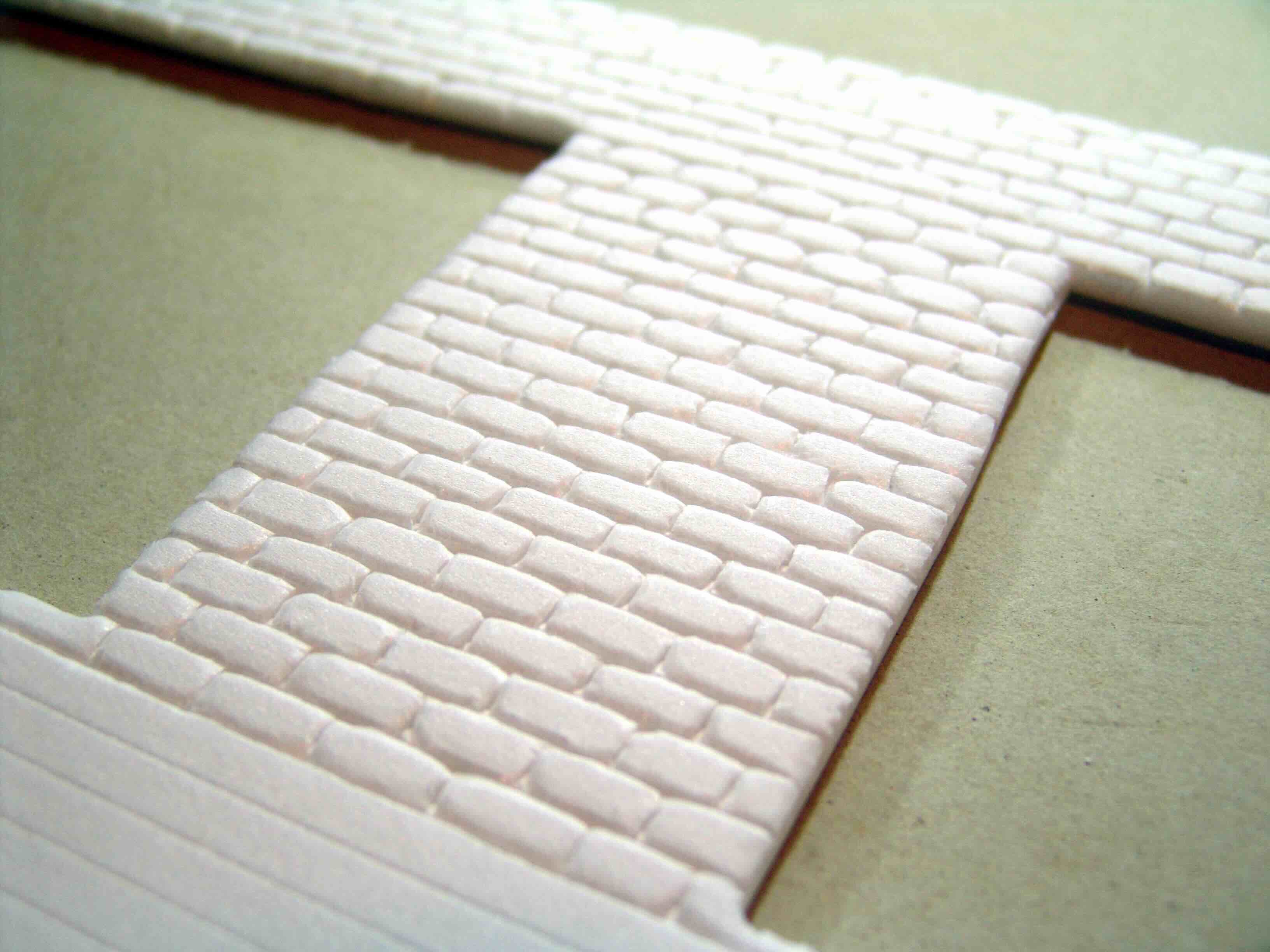
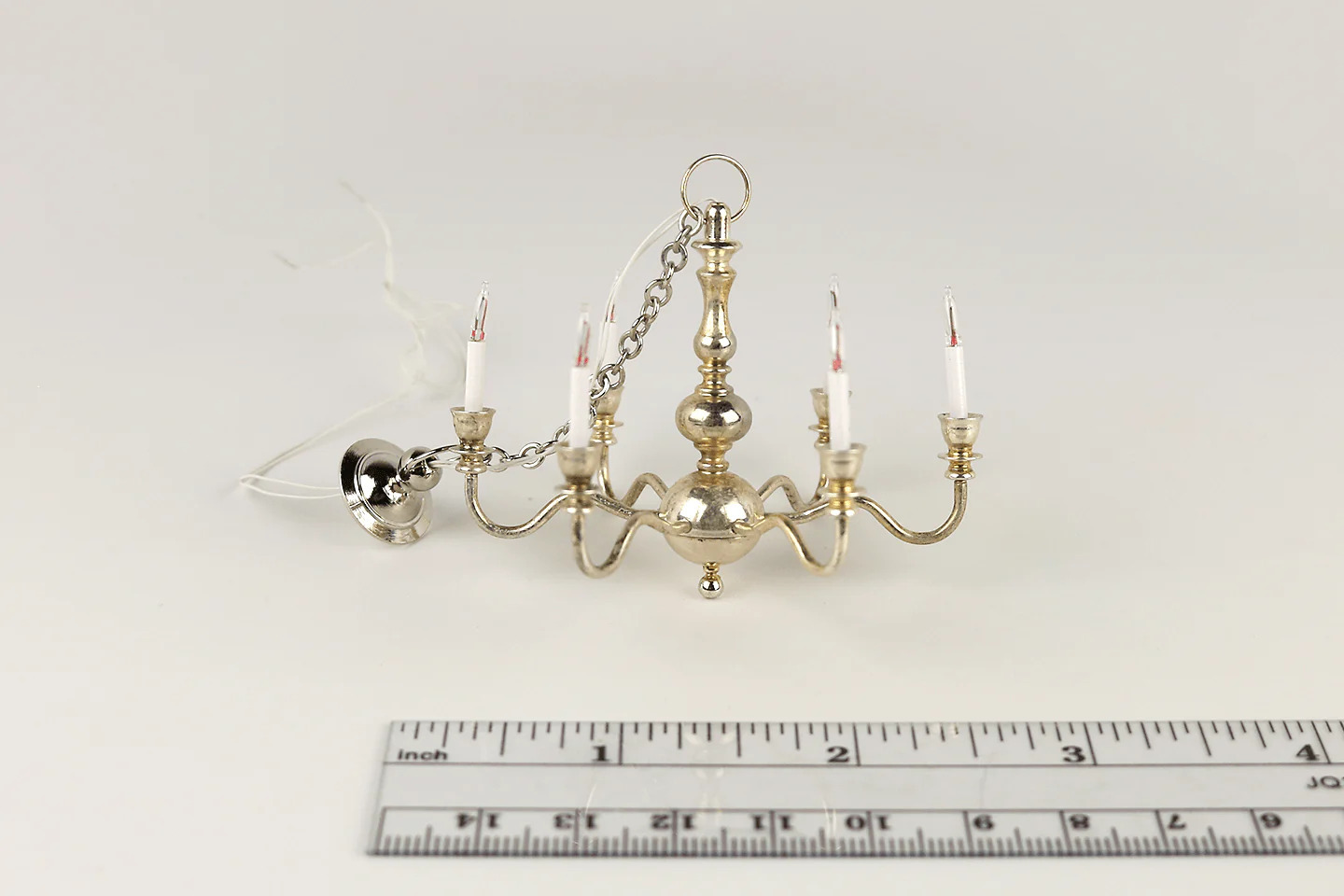
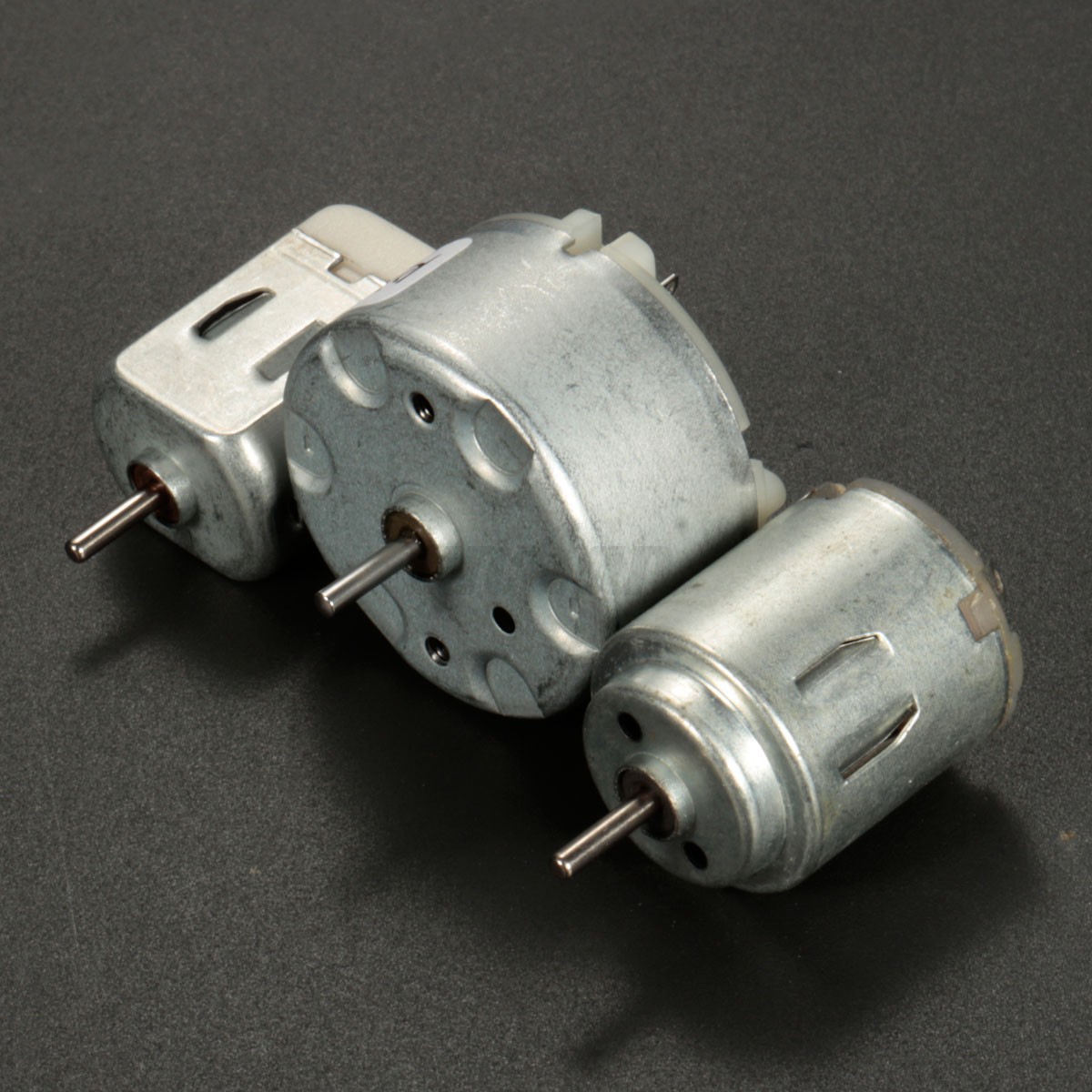
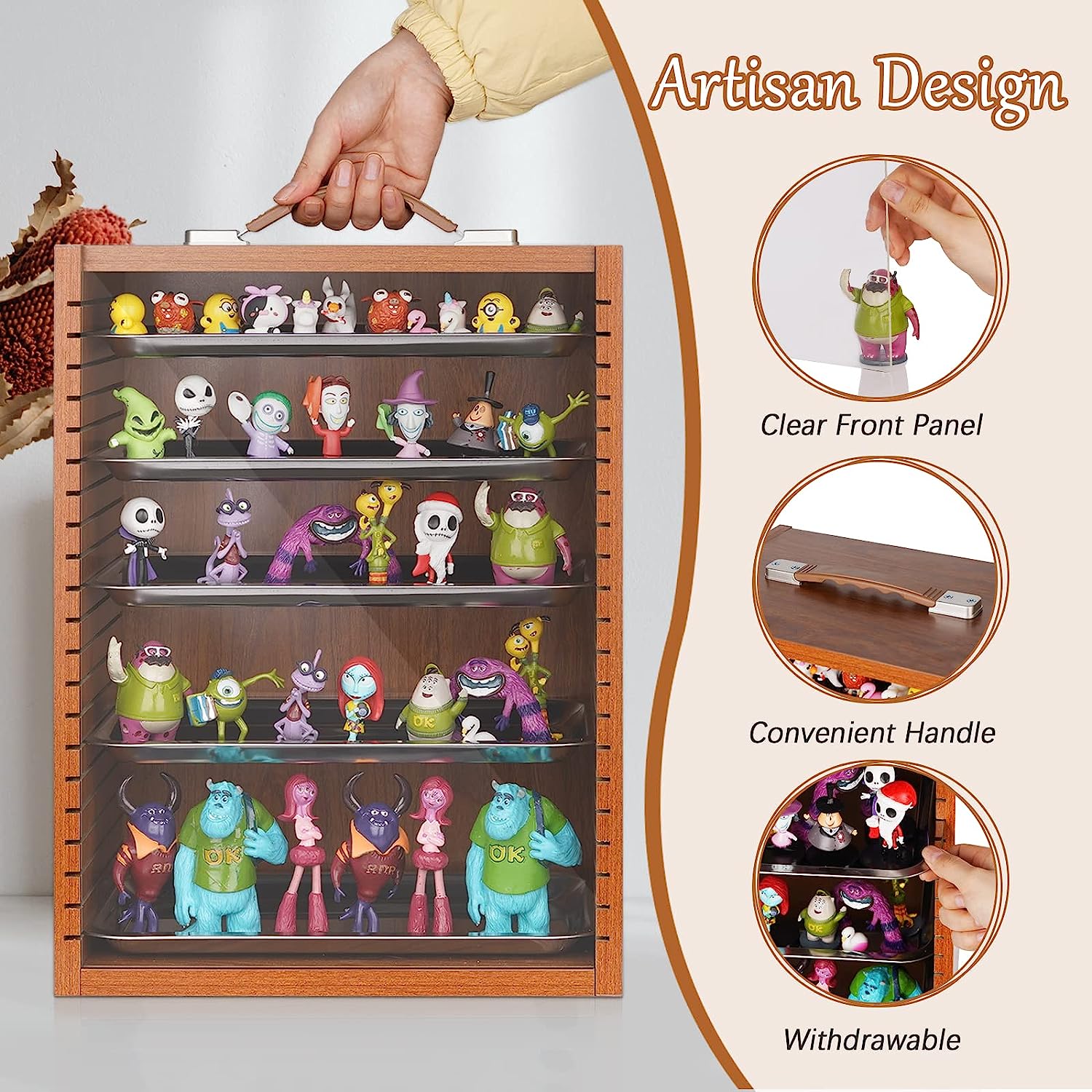
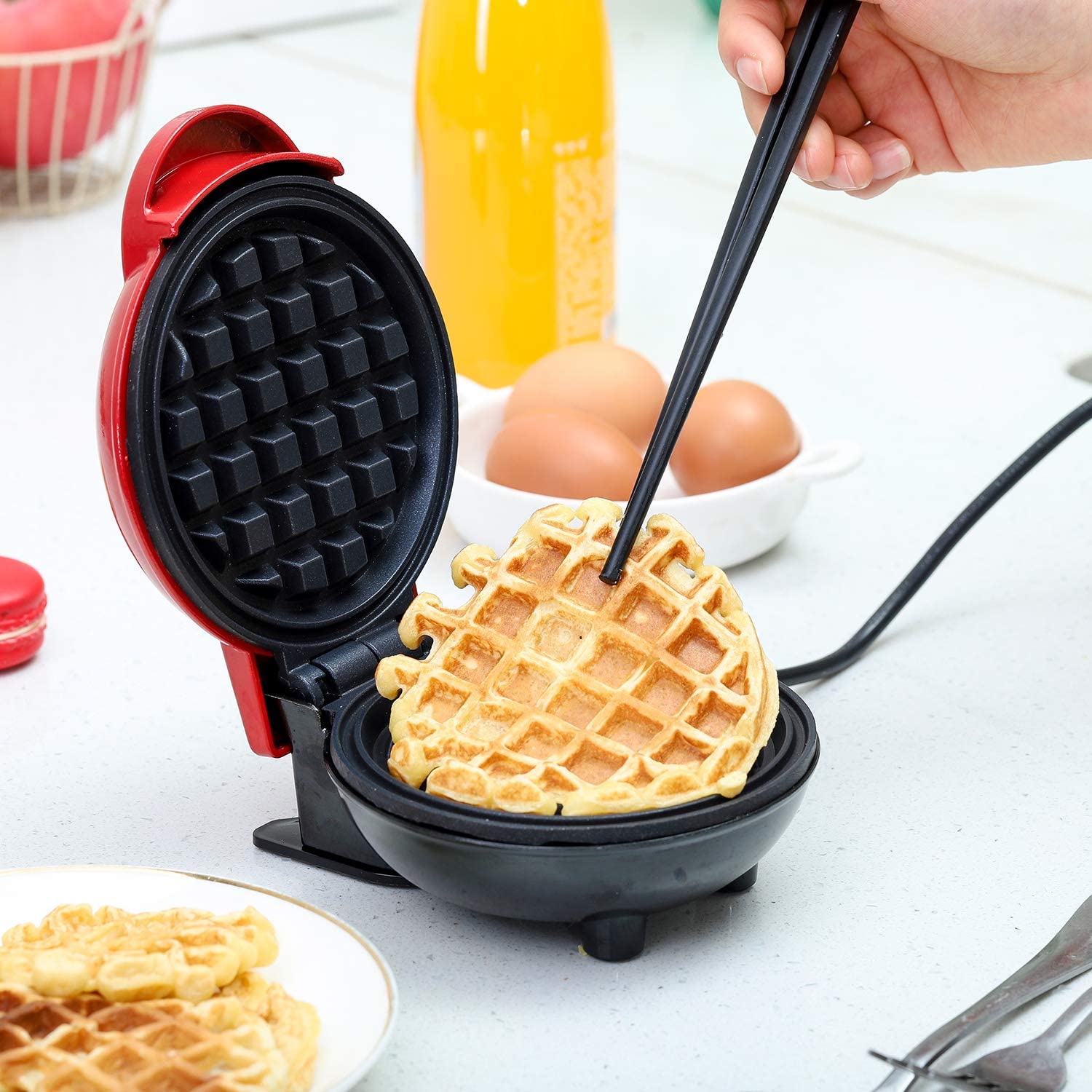
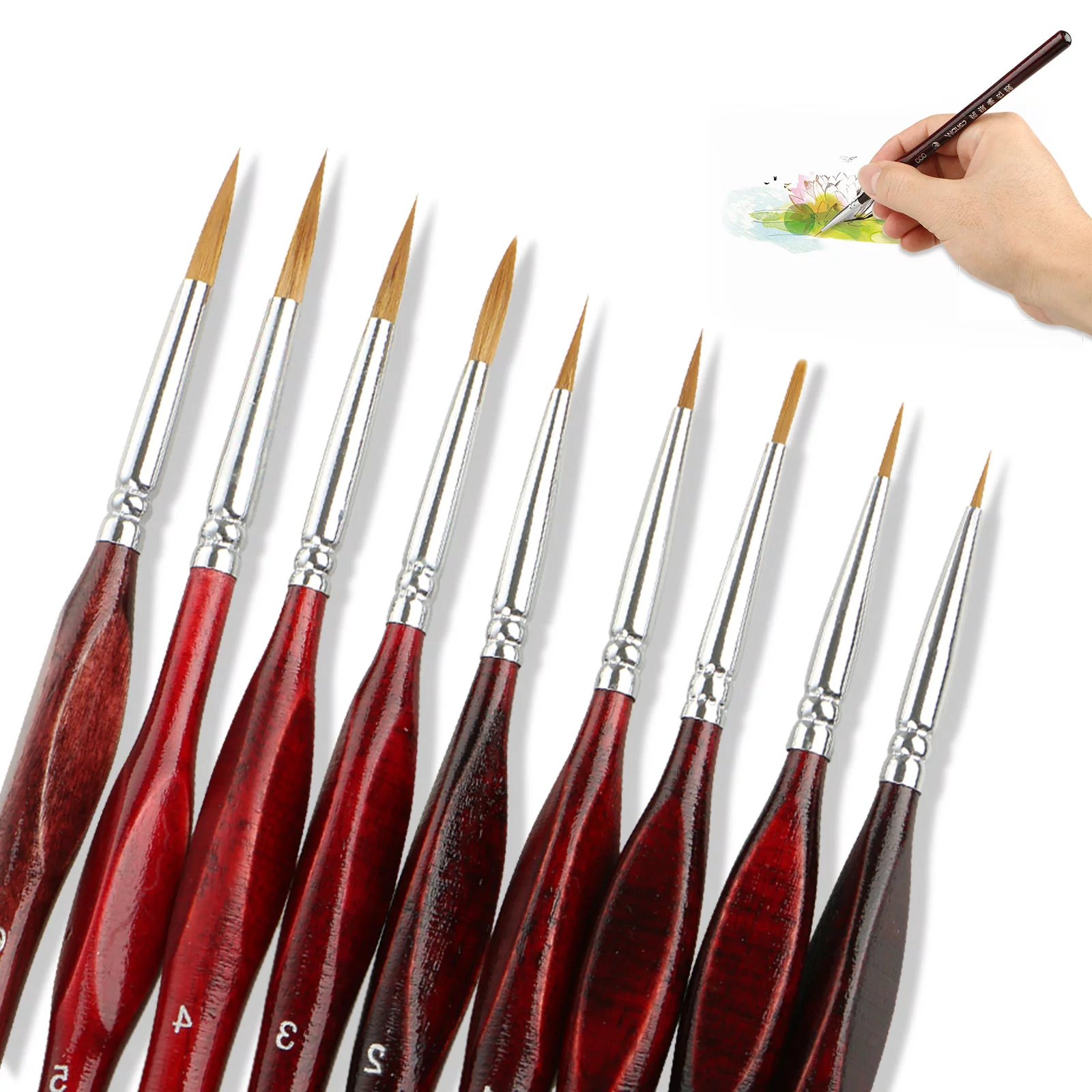
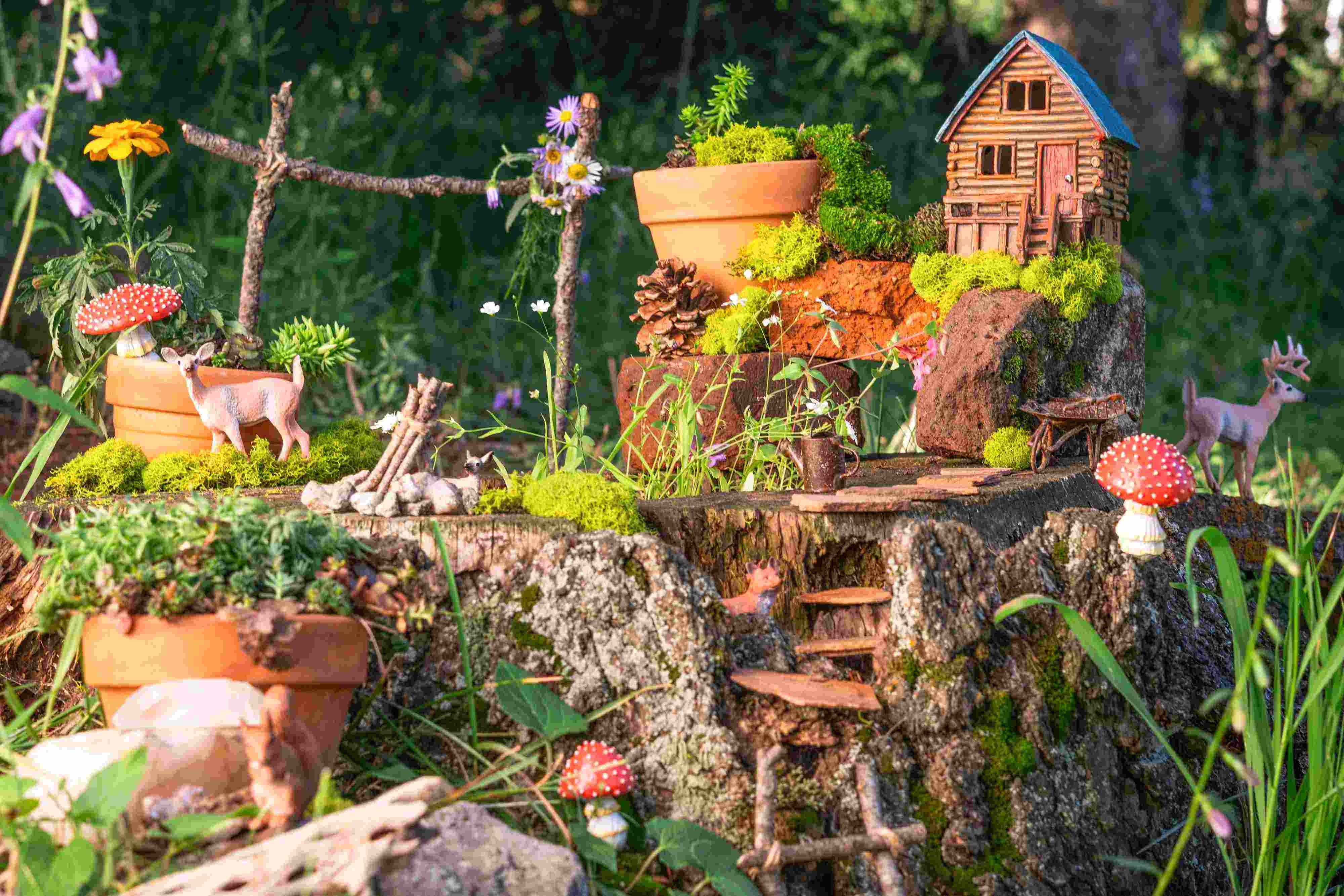
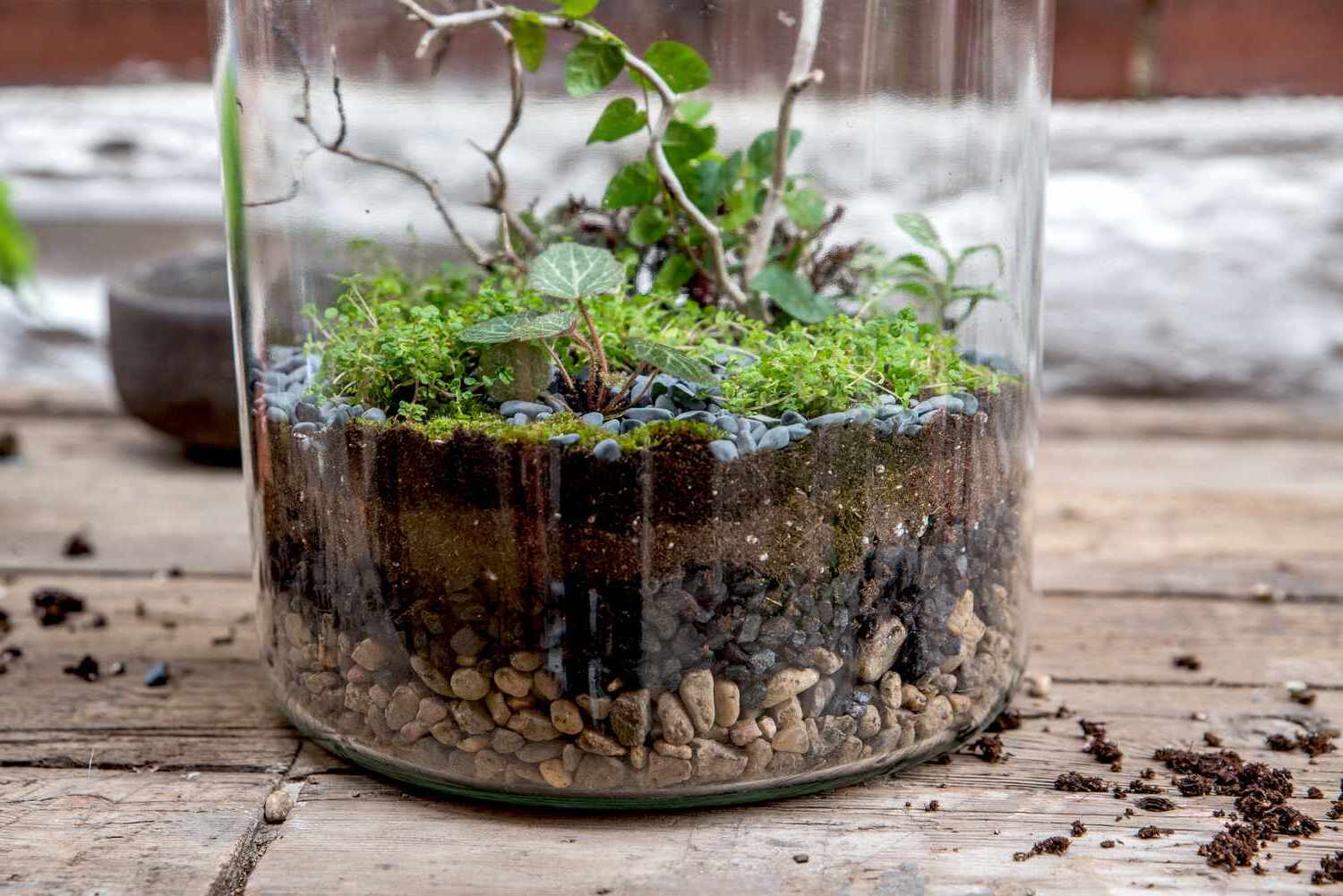
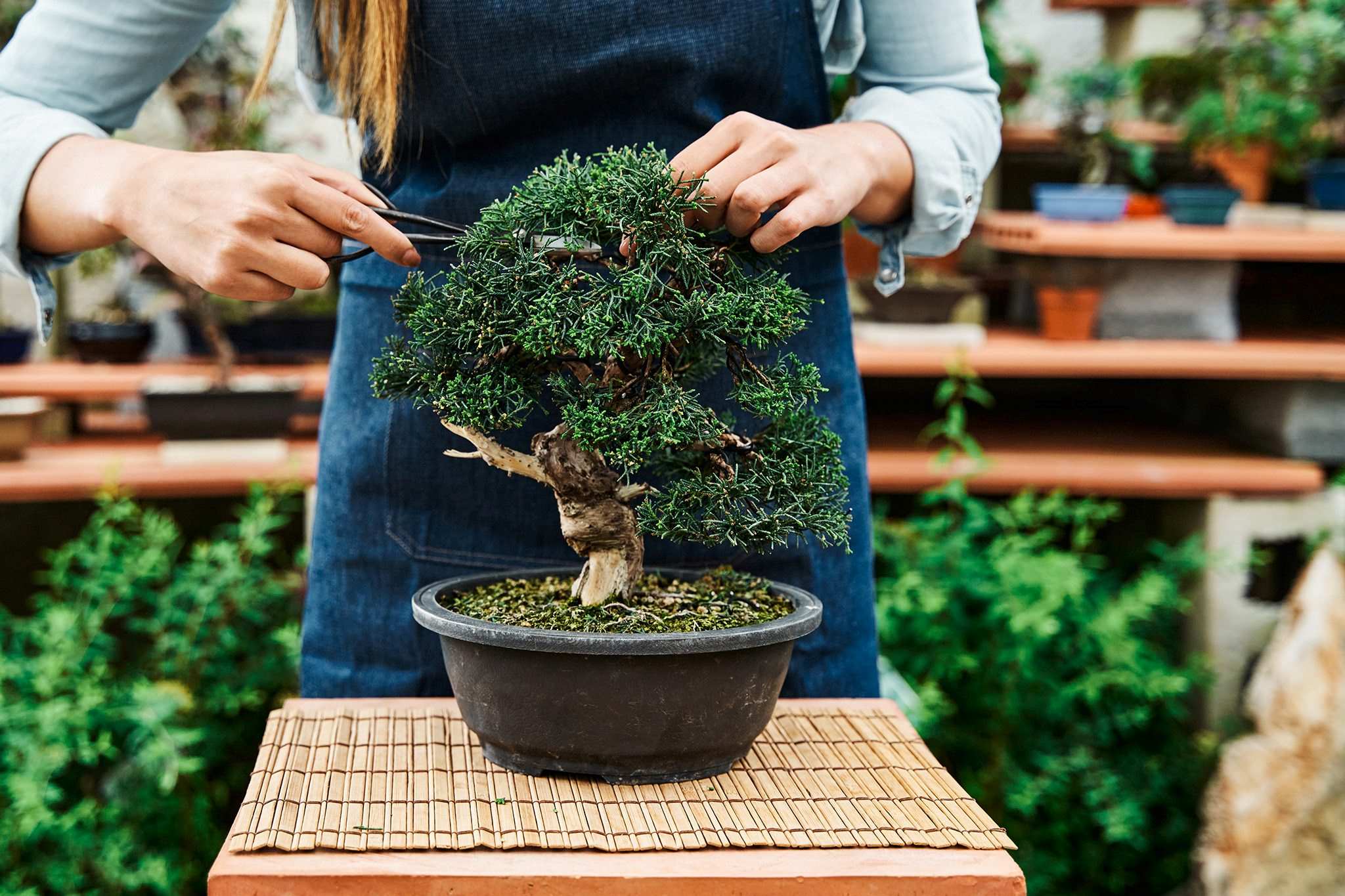
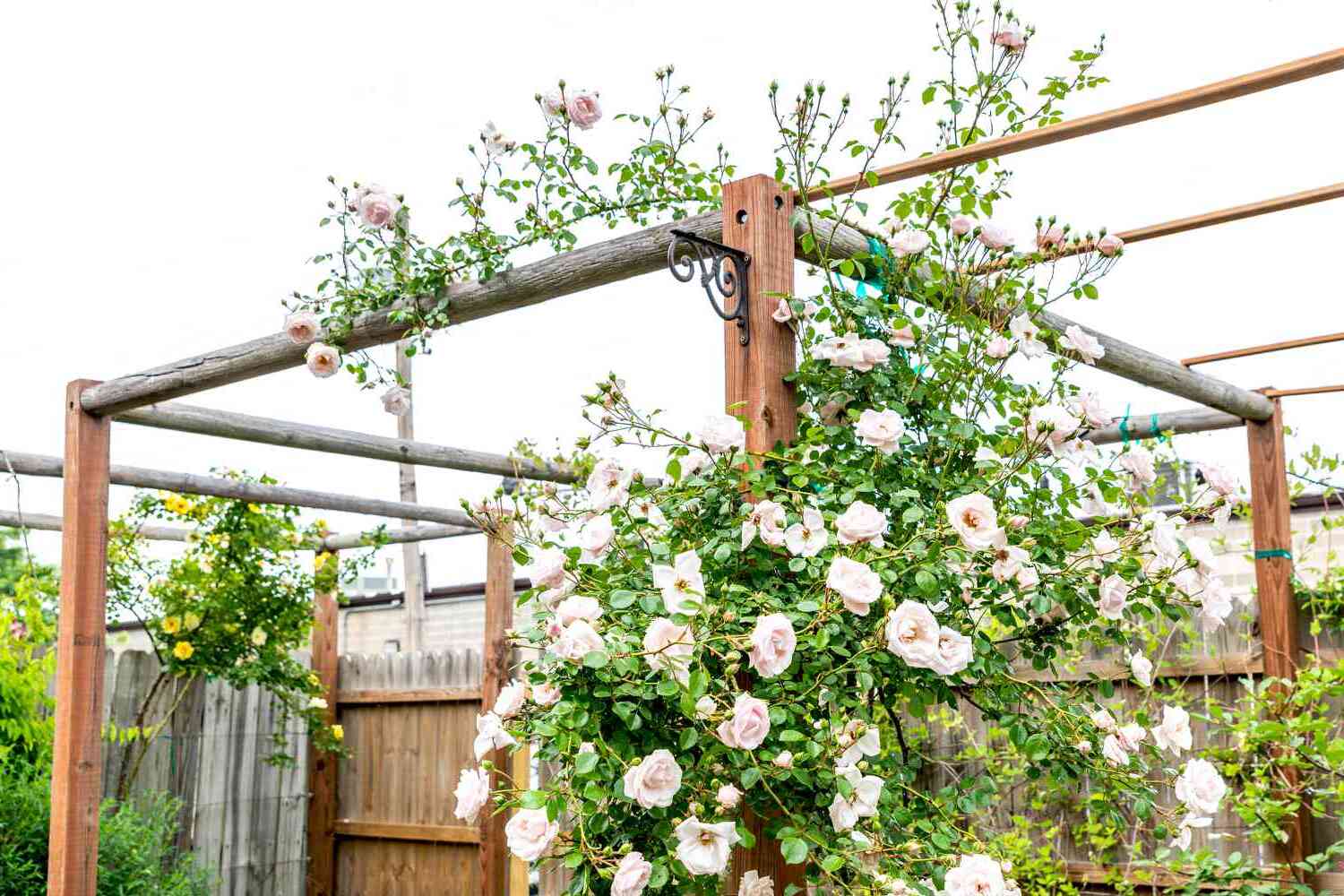



0 thoughts on “How To Store Miniatures”